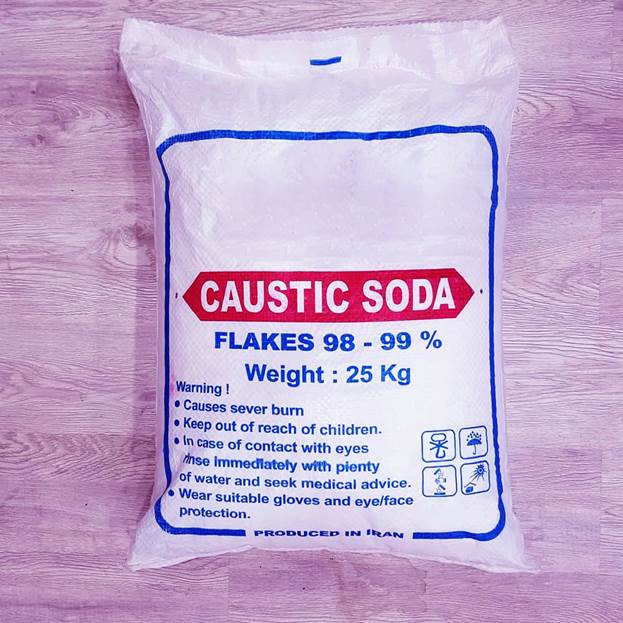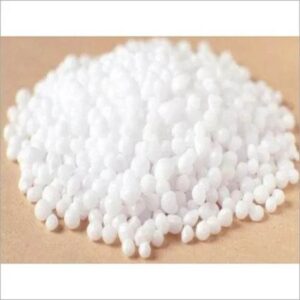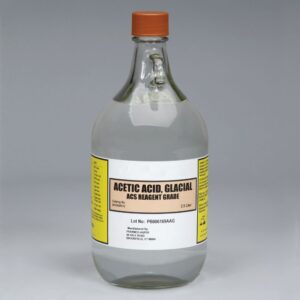Description
Sodium Hydroxide
General Information
Sodium Hydroxide, commonly known as caustic soda, is an inorganic chemical. The cations of sodium (Na+) and the anions of hydroxide (OH) form a white solid ionic combination. When exposed to normal room temperature, sodium hydroxide can break down proteins and produce serious chemical burns because of its extreme causticity as a base and alkali. It easily takes water and carbon dioxide from the air due to its high solubility in water. There is a progression of hydrates formed: NaOH NH The monohydrate NaOH. 2O crystallizes from liquid solutions between 12.3 and 61.8 °C. Available to the public, “sodium ” is typically the monohydrate form, which may be used in place of the anhydrous component in some published data. Simple hydroxides like sodium are used with water solution and acidic hydrochloric acid to show pupils the pH scale. Sodium has a wide variety of applications, including but not limited to producing paper and pulp, textiles, potable water, cleaning products, and even drain cleaners.
Usage of Sodium Hydroxide
Sodium Hydroxide is used to manufacture many everyday products, such as paper, aluminum, commercial drain, oven cleaners, soap, and detergents. Soaps and detergents: Sodium makes soaps and detergents for homes and businesses: sodium hydroxide and chlorine cause bleach. Sodium drain cleaners dissolve fats and grease in water to make soap. Pharmaceuticals and Medicine: Aspirin, anticoagulants, and cholesterol-lowering medications are all made using sodium. Fuel cell production uses sodium. Fuel cells produce clean, efficient electricity for transportation, materials handling, stationary, portable, and emergency backup power. Wind turbines use sodium hydroxide-made epoxy resins. Water Treatment: Municipal water treatment plants use sodium to control acidity and remove heavy metals. Sodium makes water disinfectant sodium hypochlorite. Food Processing: Sodium cures olives and browns Bavarian-style pretzels, giving them their crunch. Sodium is used to peel tomatoes, potatoes, and other vegetables for canning and in food preservatives to prevent mold and bacteria growth.
Wood & Paper Products: In many papermaking processes, wood is treated with sodium sulfide and sodium hydroxide. This removes most of the wood’s impurities, leaving pure cellulose for paper. In paper recycling, sodium removes ink from paper fibers so they can be reused. Alumina is extracted from natural minerals using sodium. Alumina makes foil, cans, beer kegs, cooking utensils, and aviation parts. Aluminum allows for building facades and window frames. Many industrial and manufacturing operations employ sodium . It makes rayon, spandex, explosives, epoxy resins, paints, glass, and ceramics. It makes dyes for textiles.

Sodium Hydroxide
Technical data sheet & Chemical Formula
Sodium Hydroxide is also known as lye, a solid consisting of sodium cation and hydrogen atoms. The formula is NaOH.
| Physical state: Solid
Appearance: Crystalline solid. Crystalline powder. Little spheres. Lumps. Needles. Scales. Flakes. Colour: White Odor: Odourless Odor threshold: No data available pH: 14 (5 %) Melting point: 323 °C Freezing point: No data available Boiling point: 1388 °C (1013.25 hPa) Flash point: Not applicable Relative evaporation rate (butylacetate=1): No data available Flammability (solid, gas): No data available Vapour pressure: < 0.1 Relative density: 2.13 (20 °C) Density: 2130 kg/m³ |
Packing of Sodium Hydroxide

Sodium Hydroxide is usually packed in 25 to 500 kg bags or barrels for bulk volumes.
Safety & warning & transportation of Sodium Hyd
Sodium Hydroxide solutions, like other corrosive acids and alkalis, can quickly degrade proteins and lipids in living tissues via amide hydrolysis and ester hydrolysis, leading to chemical burns and potentially permanent blindness if they come into contact with the eyes. Rubber gloves, safety goggles, and other protective gear should always be worn when working with this chemical or any of its solutions. Like other corrosives, alkali spills on the skin require extensive irrigation with water as the first line of defense. The recommended washing time is 10-15 minutes. In addition, the heat produced by dissolving hydroxide is quite exothermic. It can lead to burns or even start a fire. Caution should be taken when storing sodium.






Reviews
There are no reviews yet.